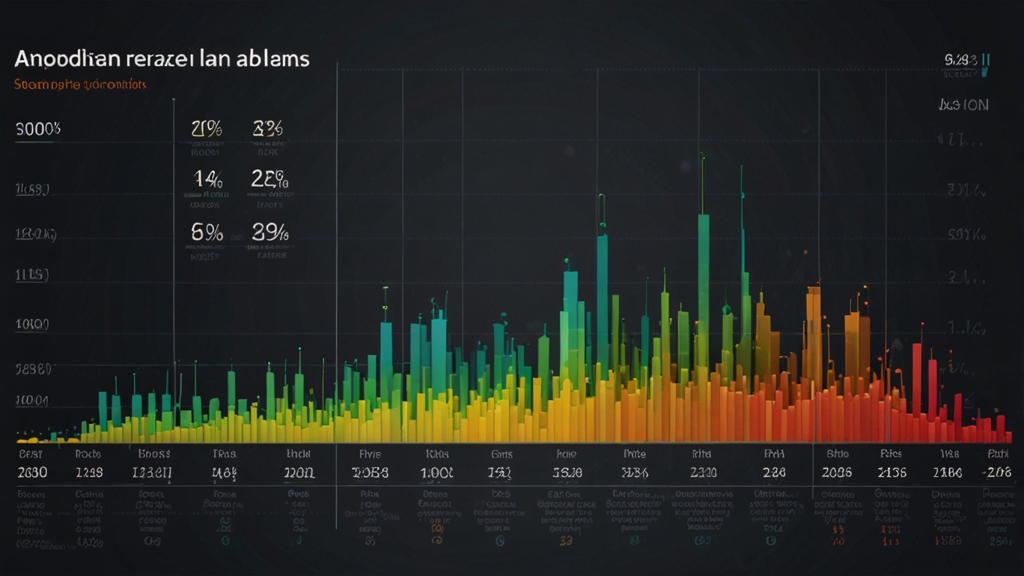The Real-Life Impact of Statistics on Your Daily Choices
Statistics may often seem to be confined to textbooks, business meetings, or scientific research, but in actuality, they play a crucial role in the decisions we all make every single day. From the food you eat to the route you take to work, statistical data influences many aspects of your daily life in ways you might not even realize. This article explores some of these everyday scenarios where statistics quietly steer your choices.
Health and Nutrition
The choices you make about what to eat are often heavily influenced by statistical information. Nutrition labels on food packages provide a range of data, from calorie counts to nutrient percentages. Understanding these statistics helps you make informed decisions about your diet, aiming for a balanced intake of proteins, fats, carbohydrates, and essential vitamins.
“Statistics on food labels assist consumers in making healthier choices, reducing the risk of chronic diseases and improving overall well-being.”
Moreover, public health guidelines, often based on large-scale statistical analyses, offer recommendations that guide societal eating habits. For instance, the "5 A Day" campaign encourages people to eat at least five servings of fruits and vegetables daily, a directive backed by statistical correlations between fruit and vegetable intake and reduced risks of severe health issues.
Travel and Commute
Your daily commute might feel like routine, but it's also governed by statistical information. Navigation apps like Google Maps and Waze use real-time traffic data and historical statistics to suggest the fastest routes to your destination. These apps collect data points from millions of users to analyze traffic patterns, road conditions, and even accident reports.
By aggregating and processing this data, these applications help you avoid delays and optimize your travel time. Additionally, public transportation systems rely on statistical models to improve efficiency. Data on passenger numbers, peak times, and travel patterns inform schedules, route planning, and resource allocation.
“The use of big data and real-time statistics in navigation technologies has transformed how we travel, making commutes more efficient and less stressful.”
Shopping and Consumer Choices
Every time you shop online or in-store, statistical models and consumer data guide your experience. E-commerce platforms leverage data analytics to offer personalized product recommendations. These suggestions are based on statistics that analyze your browsing history, purchase patterns, and even what similar consumers are buying.
Retailers also use statistics to manage inventory, price products, and design marketing strategies. Predictive analytics helps businesses anticipate consumer demand, ensuring popular products are in stock while minimizing surplus inventory. Seasonal trends, often derived from statistical analyses, inform sales strategies and promotional offers.
Financial Decisions
Your financial planning and investment choices are significantly influenced by statistical data. From interest rates on savings accounts to stock market trends, statistics provide critical insights that help you manage your finances effectively. Personal finance apps and services use algorithms that analyze spending patterns and suggest budgeting strategies tailored to your financial goals.
“Investment firms and financial advisors depend on statistical analyses to offer plans and advice that maximize returns and minimize risks for their clients.”
The credit scores used by lenders to evaluate loan applications are also a product of complex statistical models. These scores assess the risk of lending by analyzing historical credit data, thereby influencing your access to financial resources and the terms offered.
The Hidden Power of Statistics
While you may not always be aware of it, statistics are a powerful force shaping many aspects of your life. From health and commuting to shopping and financial planning, the subtle influence of data-driven decisions enhances convenience, efficiency, and well-being.
Recognizing the role of statistics in your daily choices can help you make more informed decisions and appreciate the invisible hand of data that guides many aspects of modern life. By becoming more informed about the statistical underpinnings of everyday choices, you can better navigate the complexities of contemporary living.







